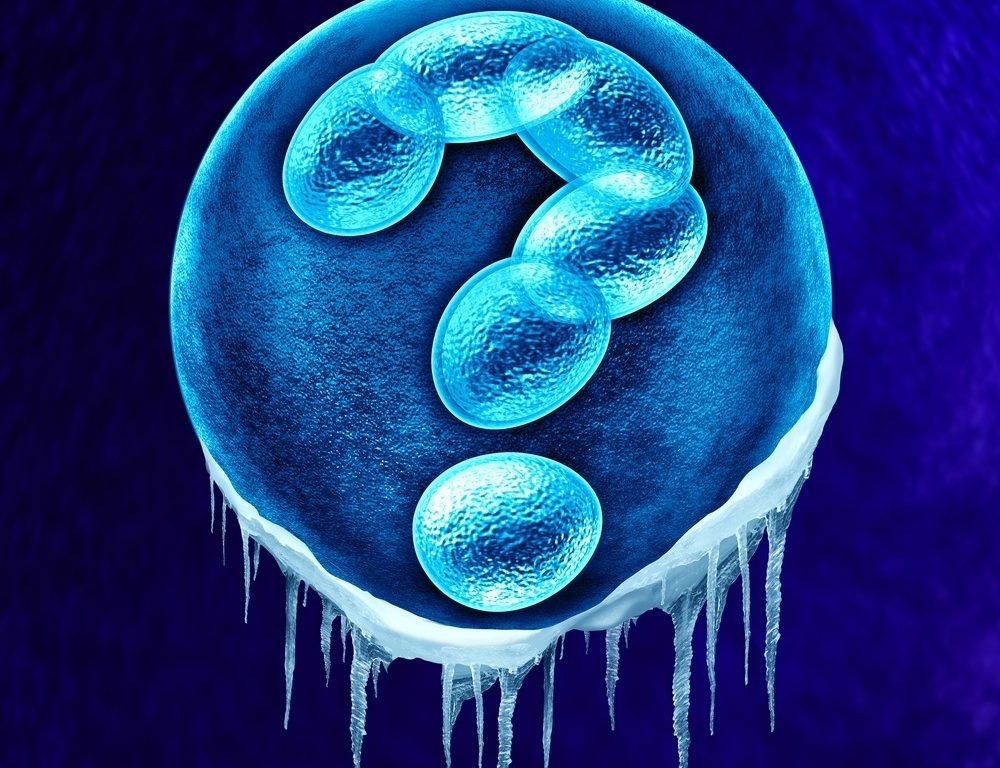Embryo freezing often requires harvesting eggs and creating a number of embryos to ensure that patients have a good chance of success – not all embryos are necessarily used, so once patients successfully conceive they’re faced with the question of what to do with the remaining embryos.
Of course, the embryos can be used at a later date if the patients would like more children. However, there are other options that allow the embryos to be used by the medical community or other couples to further research or have a child.
What Are the Options?
Choosing what to do with embryos can be an incredibly difficult decision – there are no official figures on ‘leftover’ embryos but estimates range from 625,000 – 1,000,000 in the US alone. It is an option to keep paying the storage fees in case you choose to use the embryos at a later date. However, if you’re certain that’s not an option you’ll take there are other avenues besides having the embryos destroyed.
One option is academic research, where the medical community can use the embryos to better understand fertility, conception, or stem cells to treat a huge range of ailments. While the embryos will never be used to bear children, they will serve a use and help to further medical advances. This option is usually preferred by patients who don’t like the idea of not knowing what happened to their embryo.
Another option is to donate it to couples who can’t create their own, in a sort of adoption process. This is an increasingly popular option for couples who know the anguish of infertility and see the donation as two positives – giving a couple a chance at parenthood and using the embryos.
The decision is complex and creates a sense of closure on the fertility treatment process. It’s important to discuss the decision and consequences fully before making a choice.

